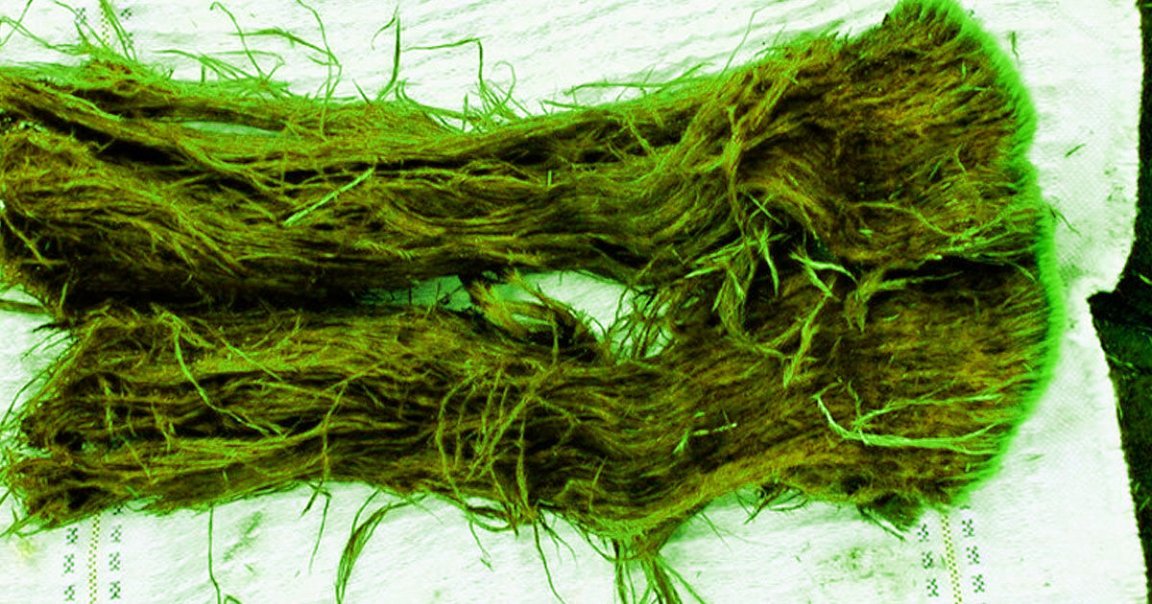
Mr. Worm
If you’ve been online recently, you probably read the news that 40,000-year-old worms trapped in permafrost wriggled back to life after they thawed out.
Lots of news outlets, Futurism included, picked up the story — but a closer look at the research calls into question the real age of these supposedly-ancient nematodes. Taking to Twitter, University of Maine Ice Age ecologist Jacquelyn Gill laid out the argument that the wriggly little fellas were likely introduced to the permafrost samples after the fact through contamination.
Planted Evidence
As Gill points out, only two of the 300 samples analyzed in the permafrost study contained any worms, and both had been used for previous research experiments. That means scientists had already handled the samples and then put them back into storage — meaning they weren’t exactly pristine.
The research also dates the frozen soil samples — not the frozen worms — back 40,000 years. Since nematodes can be found everywhere, from tap water to our guts to the worm food that the scientists added to the soil samples, Gill concludes that it’s far more likely that the nematodes were accidentally added into the samples after the fact, not frozen tens of millennia ago like we previously reported.
“Right now, as an ice age ecologist, I have no confidence that these are real ice age nematodes, and not modern nematodes that got into two out of >300 samples,” Gill tweeted. “Journalists should not be reporting this finding as a credible fact unless and until we get a lot more information.”
More on worms: To Cure a Deadly Disease, 17 People Will Be Knowingly Infected With Worms